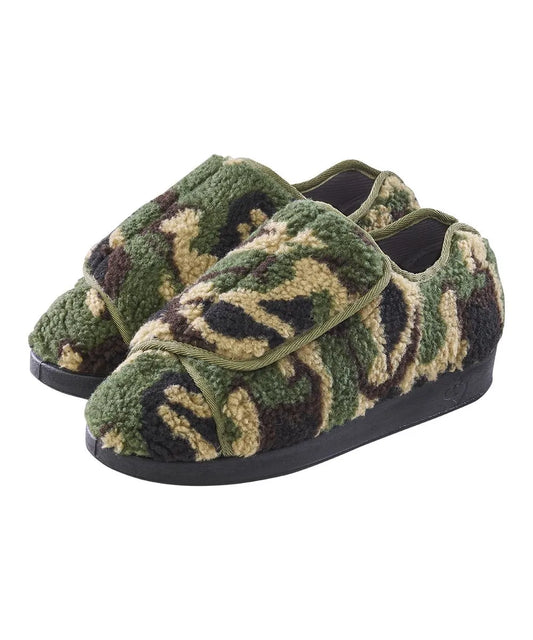Written by Krishna Sabaratnam
Disability rights issues have gained significant attention, touching the lives of countless individuals worldwide. Data from the Centers for Disease Control and Prevention (CDC) underscore this reality. Nearly one in four adults in the United States grapples with some form of disability. Moreover, the ripple effect of disability reaches beyond those directly affected. Even those who are not personally living with disabilities are likely to have a meaningful connection with someone who does.
Historically, the media and advertising industries have overlooked the disability market segment. This neglect often stems from a dearth of understanding or a reluctance to deviate from societal norms. Brands that attempt to incorporate the experiences of people with disabilities in their advertising often fall short, prioritizing their product or profit over an accurate portrayal. This is particularly troubling given the pressures many people with disabilities already experience to conform to societal norms and downplay their own unique experiences. The result is an insidious sense of invisibility and exclusion.
Embracing Change
However, in this digital age, there’s a rising tide of advocacy for representation and inclusion, led chiefly by generational cohorts such as Gen Z and Millennials. The former is particularly good at discerning which companies and brands go above and beyond mere lip service. For instance, one study by McKinsey found that 75% of Gen Z consumers are prepared to boycott companies that discriminate on a range of grounds, including race, sexuality, and ableist mindset. These demands represent a call for change that the advertising and media industries cannot afford to ignore.
Companies must master their advertising and marketing techniques to stand out and better resonate with others.
Let’s look at ways businesses can lead the way as allies and empower a community that is often left out in the dark.
Increase Visibility by Hiring and Promoting People with Disabilities
Hiring people with disabilities is one of the most effective ways to grow and incorporate the lessons of disability culture and representation in your business advertising efforts. This proves effective as it helps companies take on more diverse perspectives that may be missed when crafting brand-related content and messaging. When brands promote visibility and inclusivity for people with disabilities in advertising, they help create a safer space for others to be valued, and accepted. By hiring and promoting people with disabilities, brands are better able to confront ableist attitudes and assumptions while normalizing people who live with disabilities.
Increase Focus on Disability-Inclusive Ads
A recent 2021 study by Neilson laid bare an uncomfortable truth: a mere 3 percent of prime-time advertising was devoted to ads inclusive of disability. Disability themes and creative messaging were largely confined to industries such as healthcare and pharmaceuticals. This pigeonholing of the disability community does more harm than good, reinforcing pervasive stereotypes that can impact people with disabilities on multiple levels.
Brands must take time to conduct thorough research, gaining an understanding of their target audience, goals, and the ethical and legal considerations pertaining to their advertising. They should also consider what actions they want to inspire in consumers through brand image and messaging. Disability-inclusive advertising goes beyond just featuring people with disabilities. Media and advertising should honour and reflect the many stories, languages, abilities, and strengths of those in the community.
Advertising extends beyond simply selling products. When brands rise to the challenge, they should not only promote a product, but also think carefully about how they can project their values, culture, and even societal impact.
Collaborate with Disability Advocates and Organizations
The marketing and advertising industry is increasingly becoming socially conscious, with many brands being singled out for their silence on important social issues. Another strategy for empowerment and allyship is collaboration with disability advocates and organizations. When companies join forces with advocates, influencers, and groups that truly understand their platforms and audiences, the result is often a more organic, conscious campaign and messaging strategy.
By seeking the guidance of industry leaders in the realm of disability, major brands can unlock opportunities for transformative growth and innovation. Moreover, they can tap into an overlooked market value – which, by some estimates, is roughly an $8 trillion dollar market. This focus helps position brands as authentic and credible in the eyes of consumers. It also sparks meaningful change in how disability is perceived and represented.
In the end, disability representation in advertising is more than a marketing strategy; it’s a reflection of our collective values, culture, and society. Brands worldwide wield the power to challenge and rewrite entrenched ableist narratives. Choosing to ignore this budding market will not only be bad for business, but also risk alienating a significant segment of consumers. It’s time for brands to step up and embrace disability inclusion in its truest sense.















